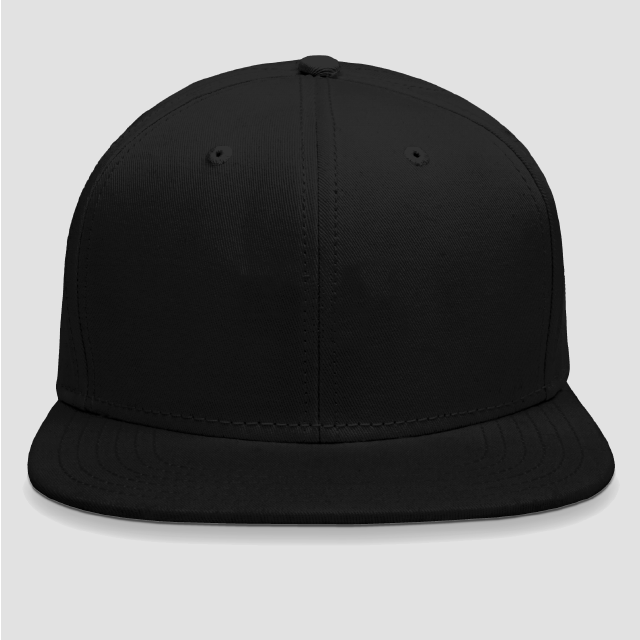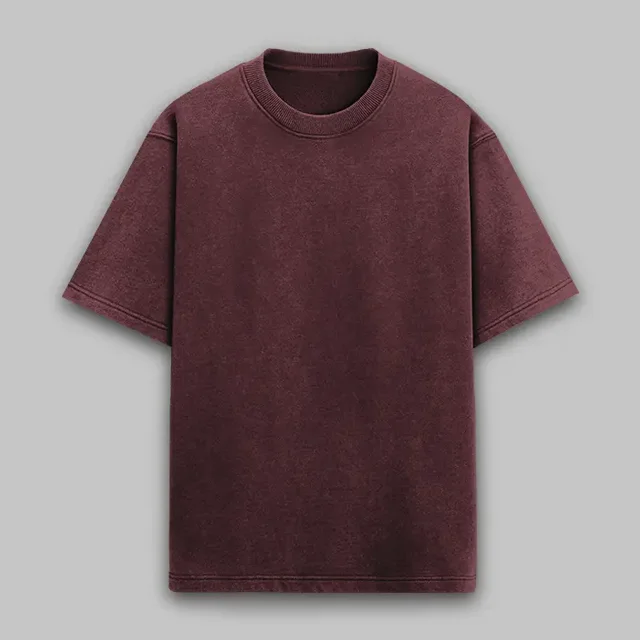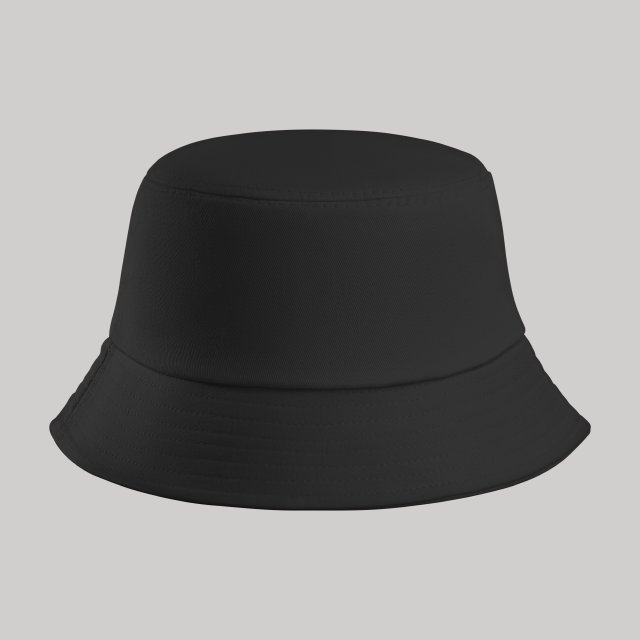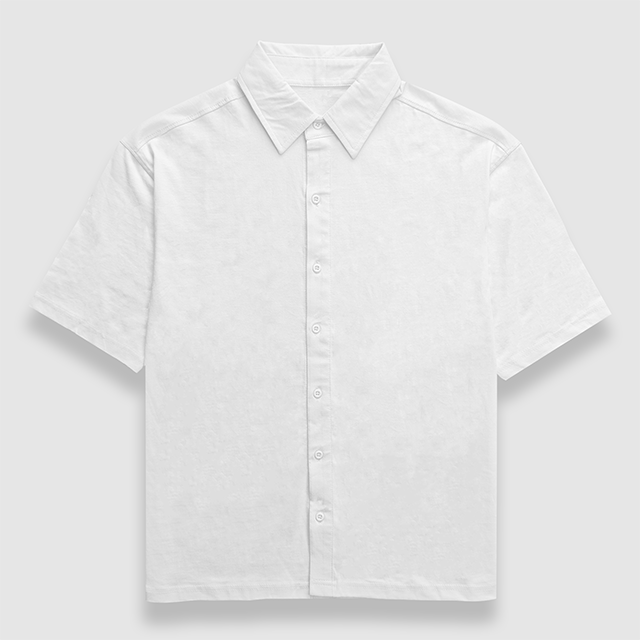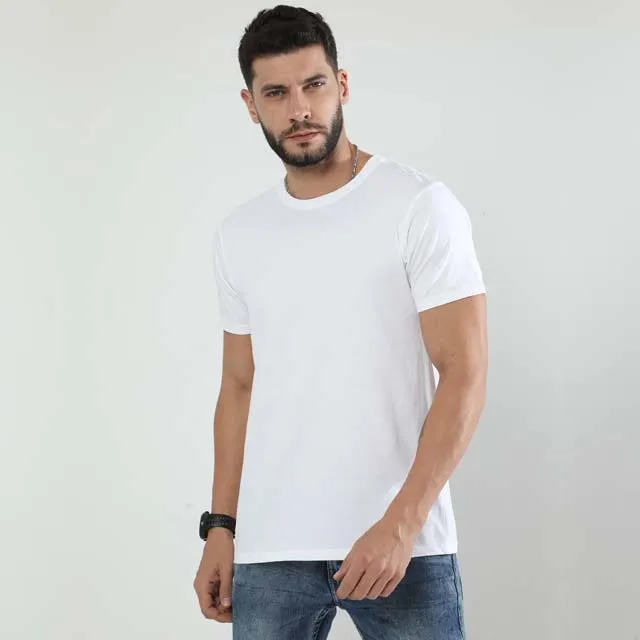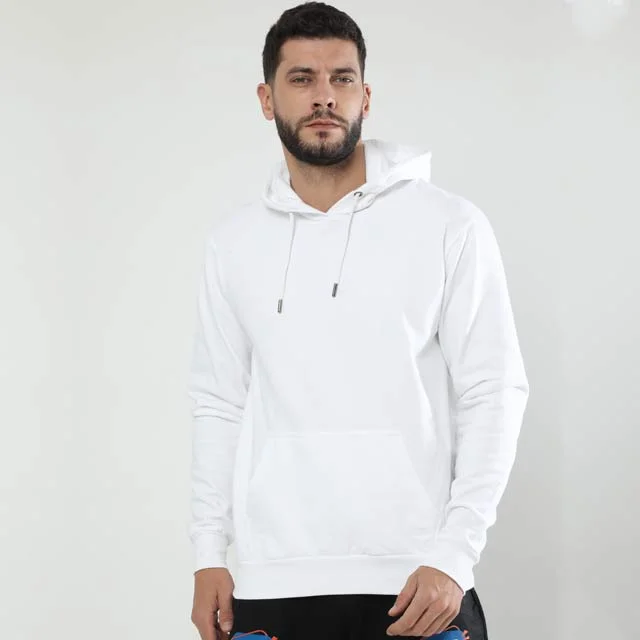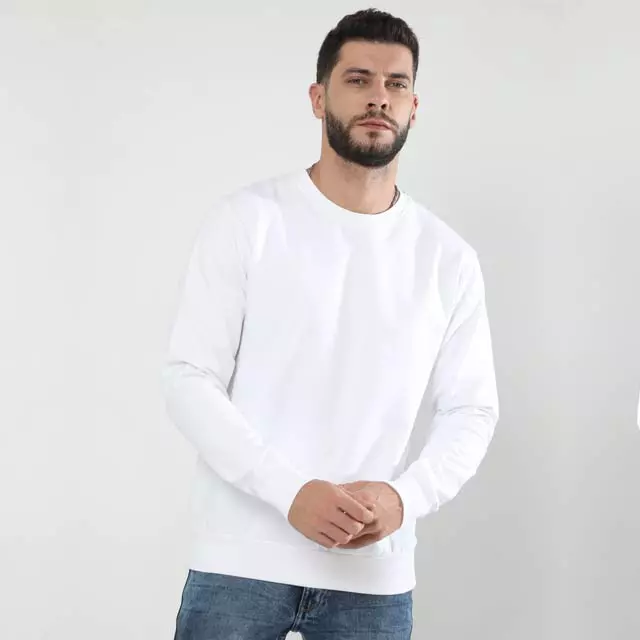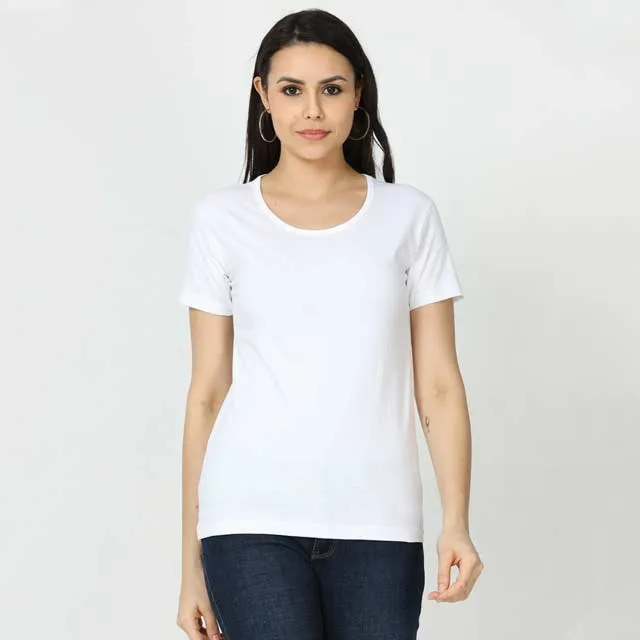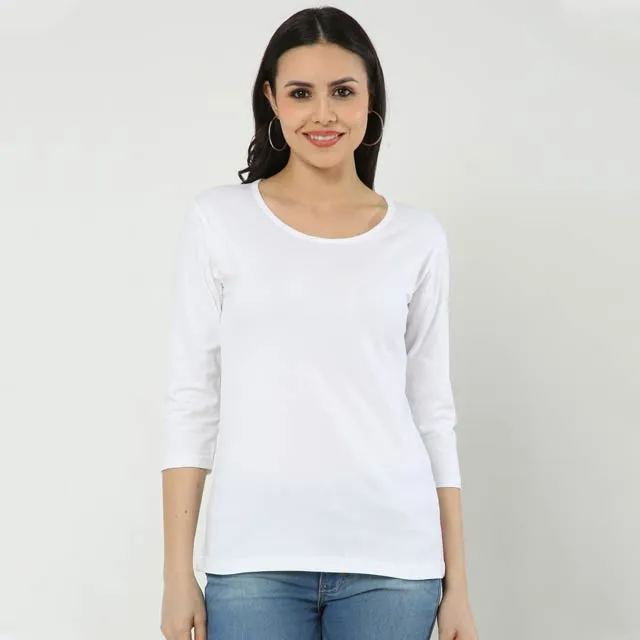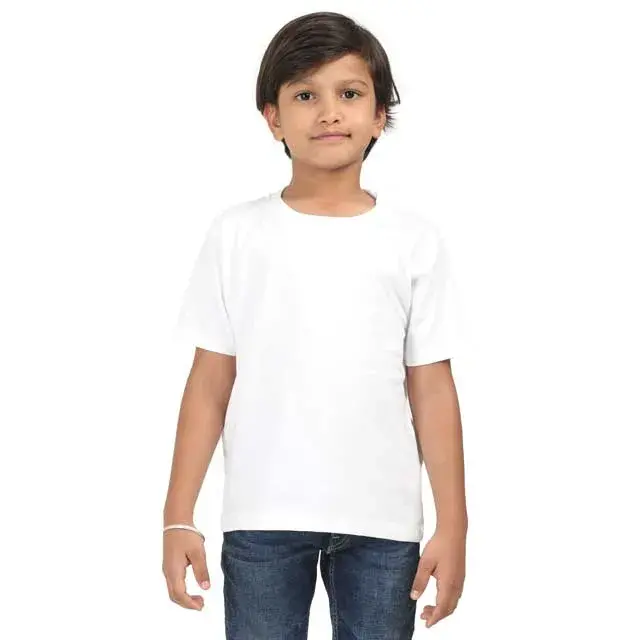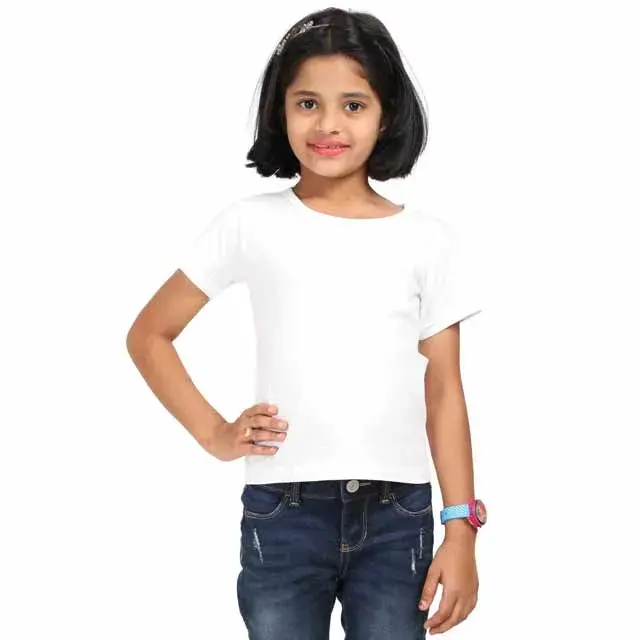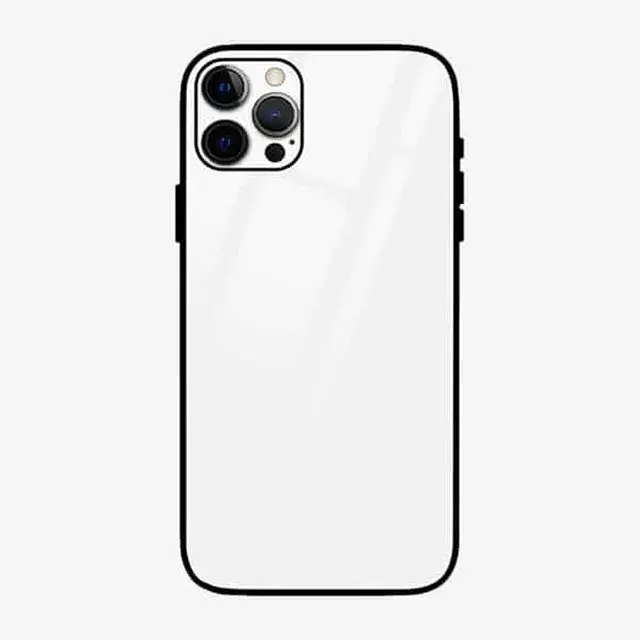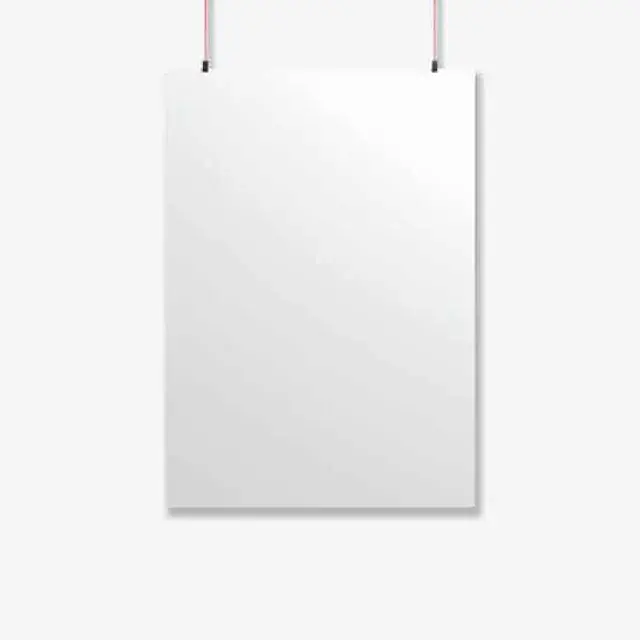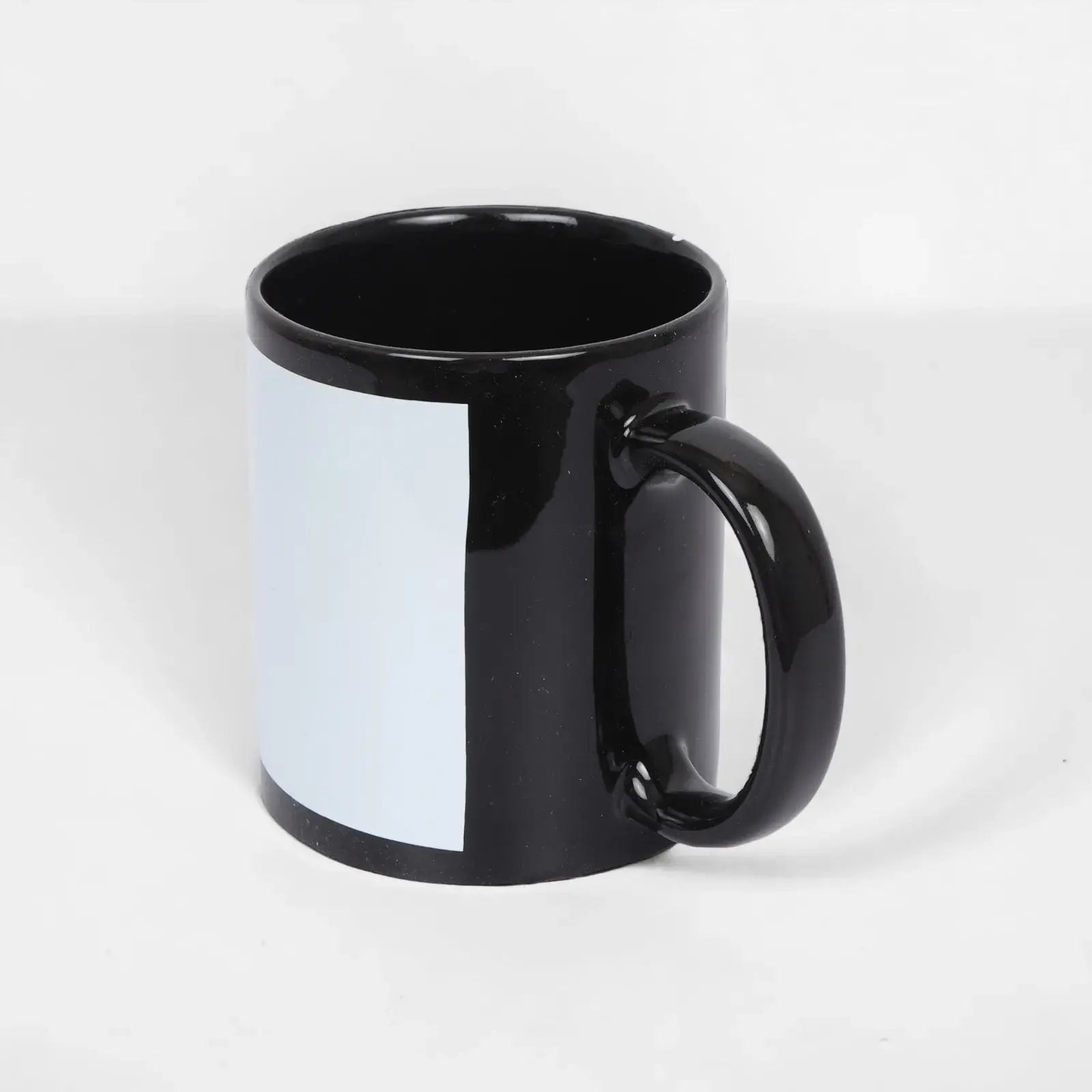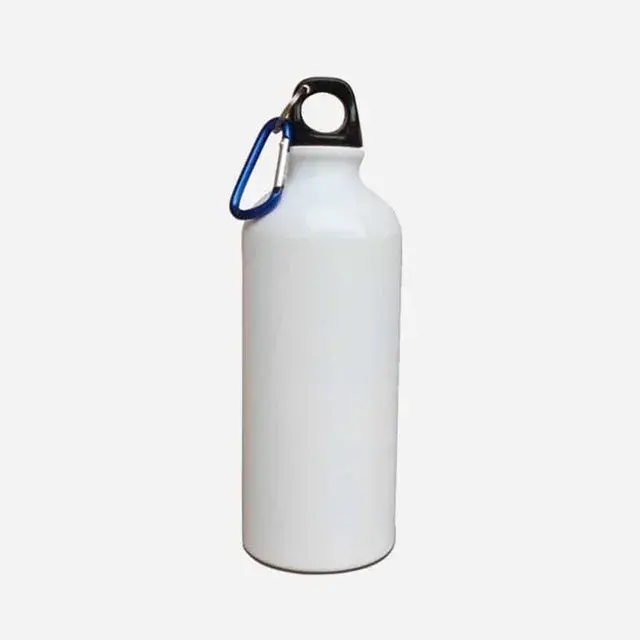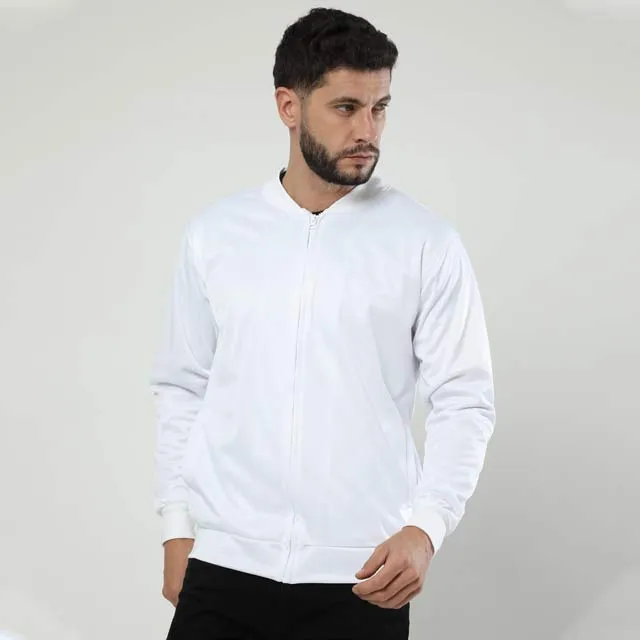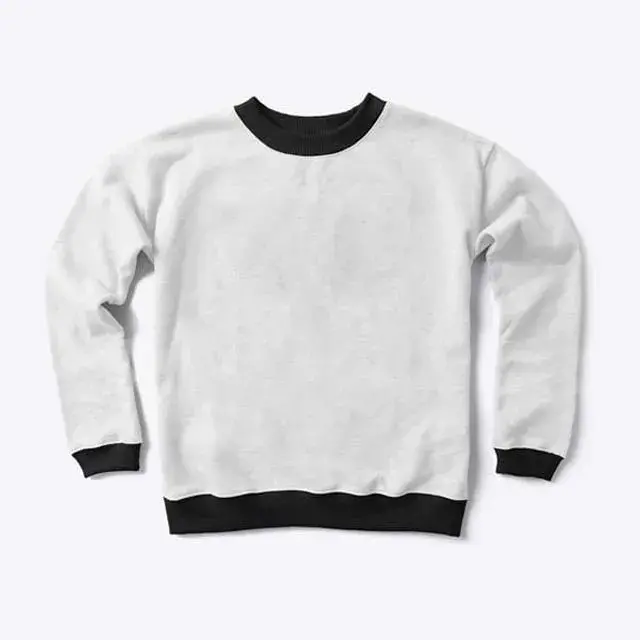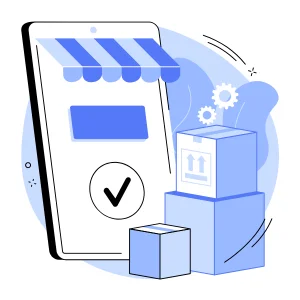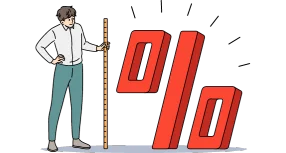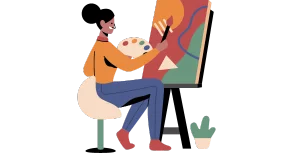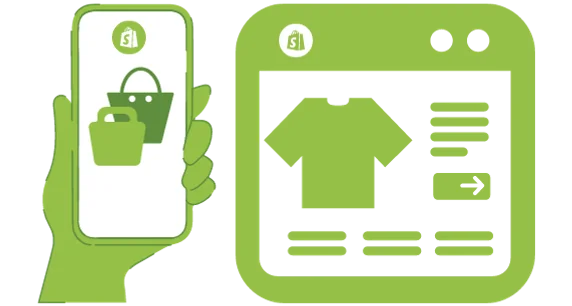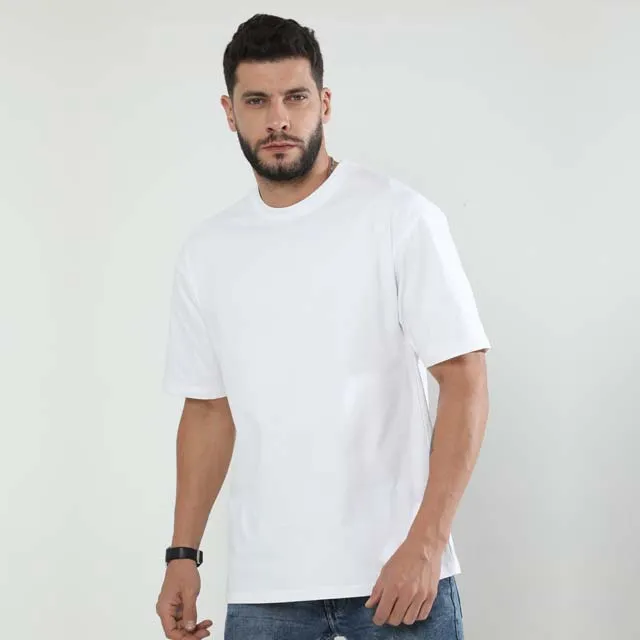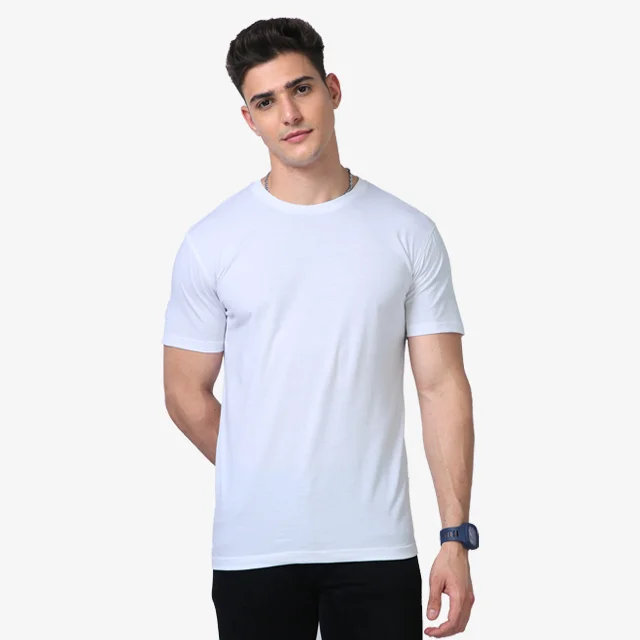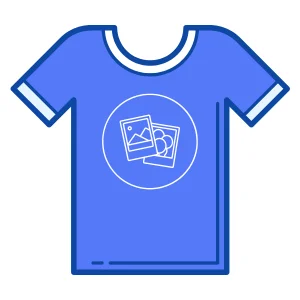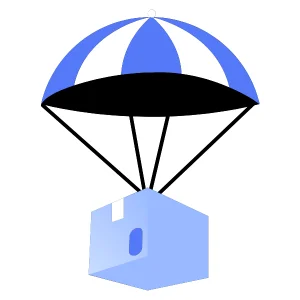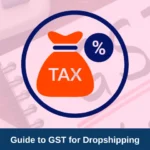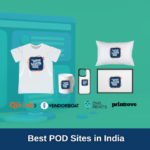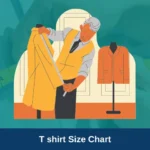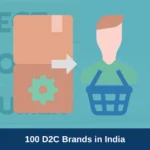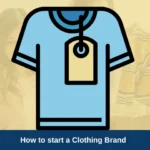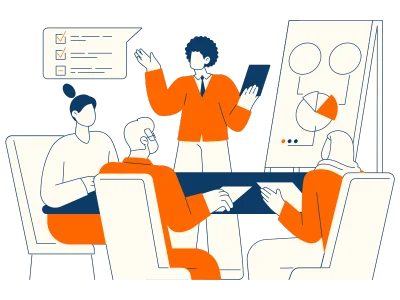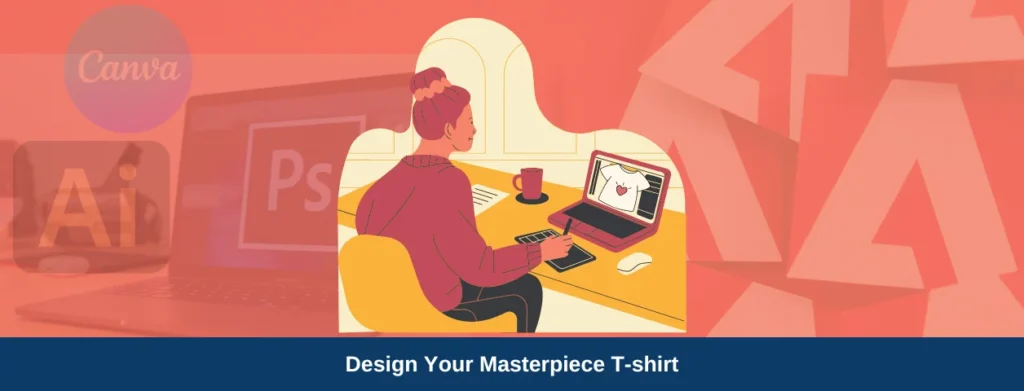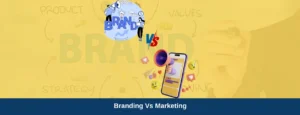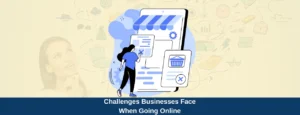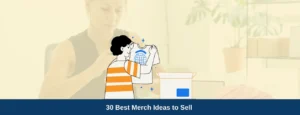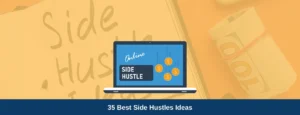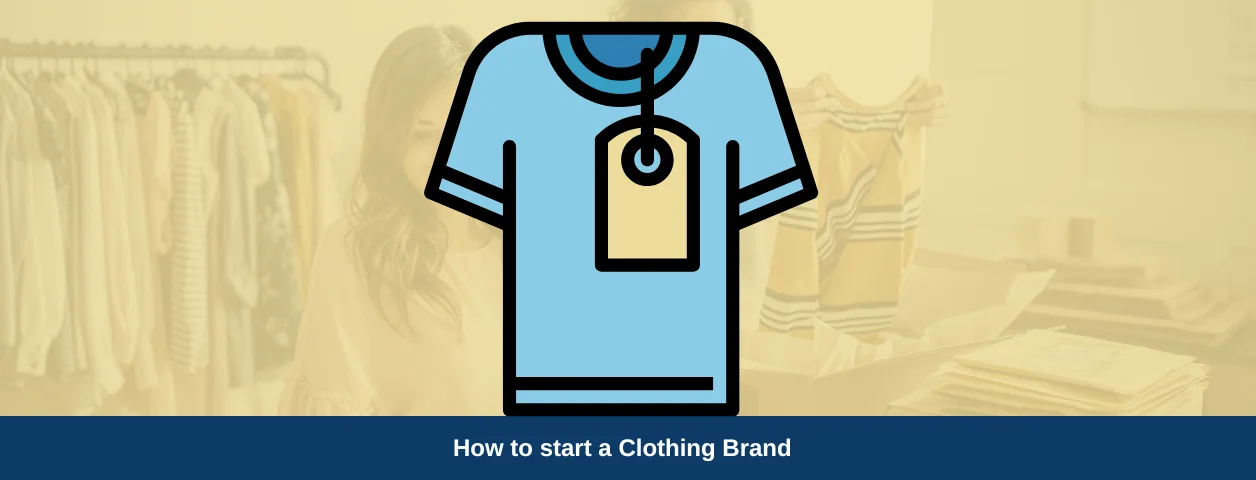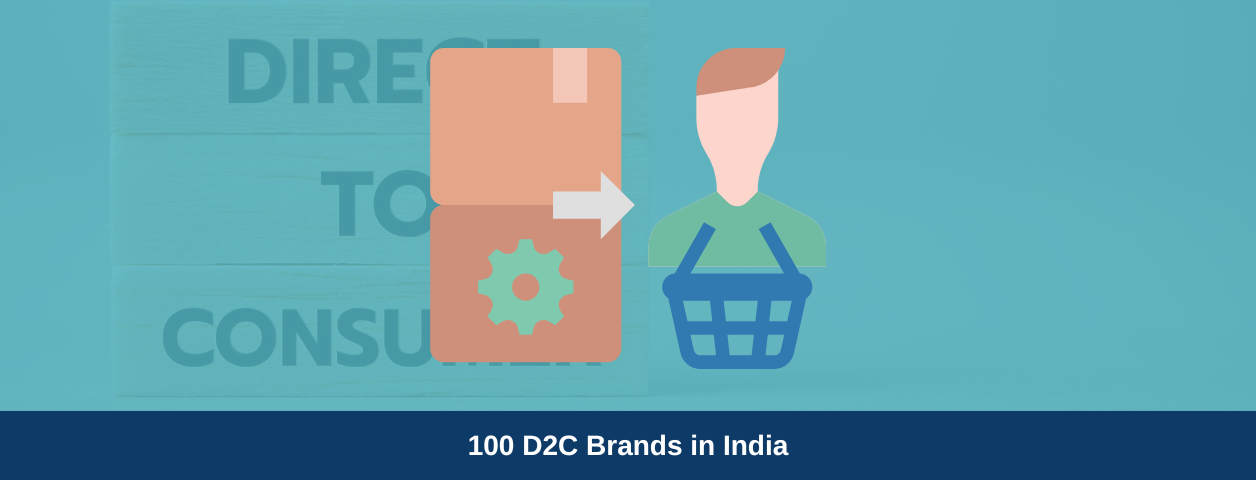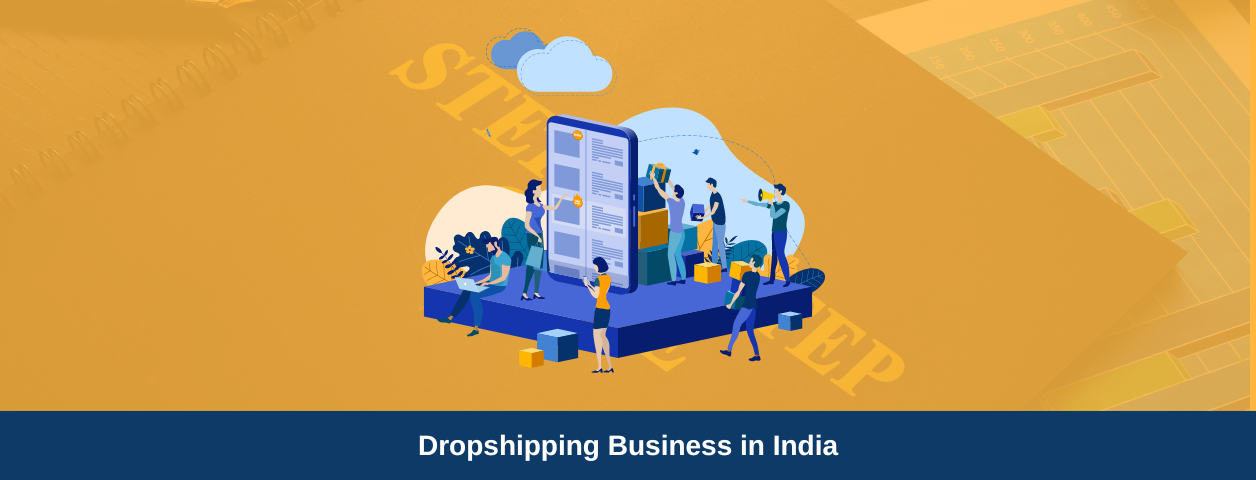Whether you’re starting a business or simply want to create unique designs for your custom tshirts, this guide has you covered.
We’ve compiled a list of the best T-shirt design software options for 2024, catering to both free and paid preferences, beginner and professional levels.
From industry giants like Adobe Photoshop and Illustrator to user-friendly options like Canva and Inkscape, this list offers something for everyone.
We’ll dive into each software’s pricing, features, pros and cons, helping you choose the perfect tool to bring your T-shirt visions to life.
Bonus: We’ve also included expert tips and resources to guide you through the design process and even launch your T-shirt printing business.
Our favourite online t-shirt design tools and what they’re good for
Here’s a quick glimpse of the list of best t-shirt designing software in 2024, according to our research.
- Adobe Photoshop– A powerful all rounder software that can help designs that are basic to very complex.
- Adobe Illustrator– Best if you are into vector graphic designs.
- Affinity Designer– The best affordable alternative to both Photoshop and Illustrator.
- Inkscape is a beginner-friendly free open source where you also get community support.
- CorelDraw– Feature-rich software that is comparable to Photoshop and Illustrator, but comparatively cheaper.
- Canva– A popular freemium web-based tool, great for beginners and non-designers.
- Photopea– Free web alternative to Photoshop.
- Placeit by Envato– Freemium web-based tool for designing mockups
- GIMP– Gets your photos edited and ready for printing on t-shirts.
- Figma– A free online design platform that has features similar to Sketch.
Want to learn more about them? Keep on reading!
Best t-shirt designing software in 2024
Here is a detailed breakdown of each of the designing software you might need in 2024. We will talk about the price, type, reason for recommendation, and pros and cons, for each of them. So, let’s dig in.
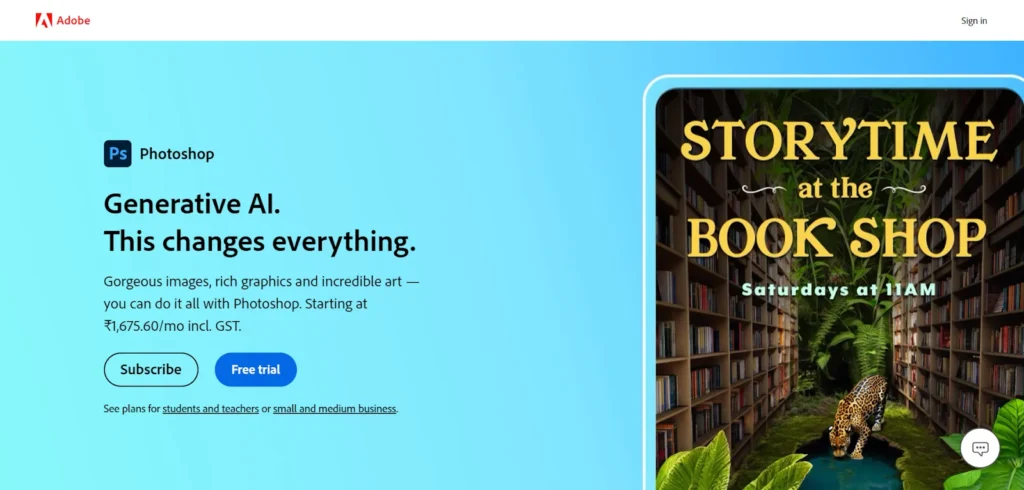
- Price: ₹1,675.60/month incl. GST.
- Type: Application (desktop and iPad)
- Most suitable for: Professional designers, photographers, and artists.
- Why we recommend it: the software is what we call industry gold standards. It has powerful features that can help you create designs that are obtained by manipulating images. And you can get ample extensive tutorials and resources if you want to master the software from scratch.
Pros:
- Extensive features,
- High-quality output,
- Non-destructive editing
Cons
- Expensive subscription,
- Complex for beginners
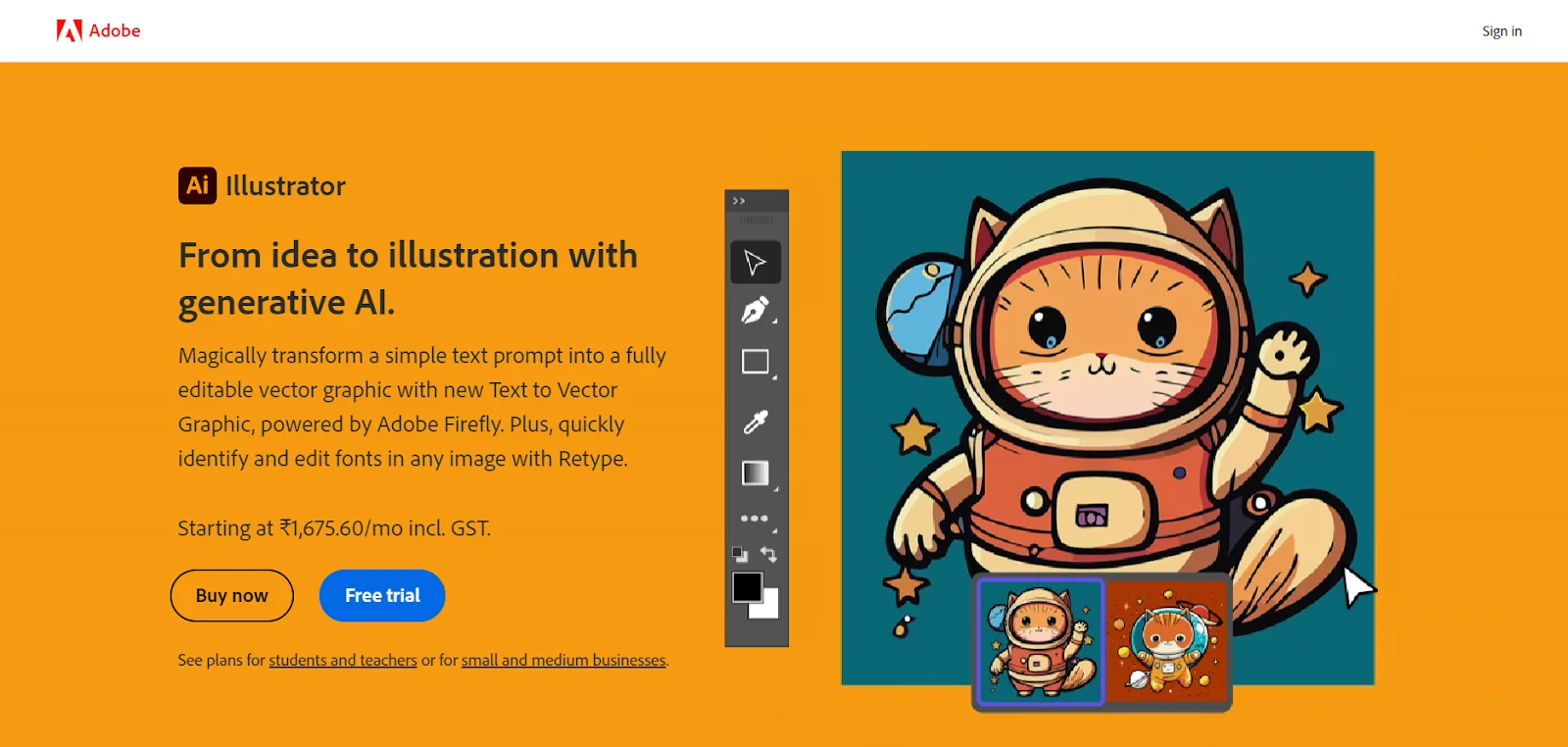
- Price: ₹1,675.60/month incl. GST
- Type: Application (desktop and iPad)
- Most suitable for: Graphic designers, web designers, illustrators.
- Why we recommend it: If your designs are more illustration-based and abstract, you might enjoy this software more than Photoshop. Plus, if your designs are full of vector graphics and typography, the software has endless options to explore.
Pros
- Best vector-based software in the market,
- Scalable graphics,
- powerful drawing tools that can be used for designing versatile pieces.
Cons
- The subscription can seem expensive,
- Has a steep learning curve.
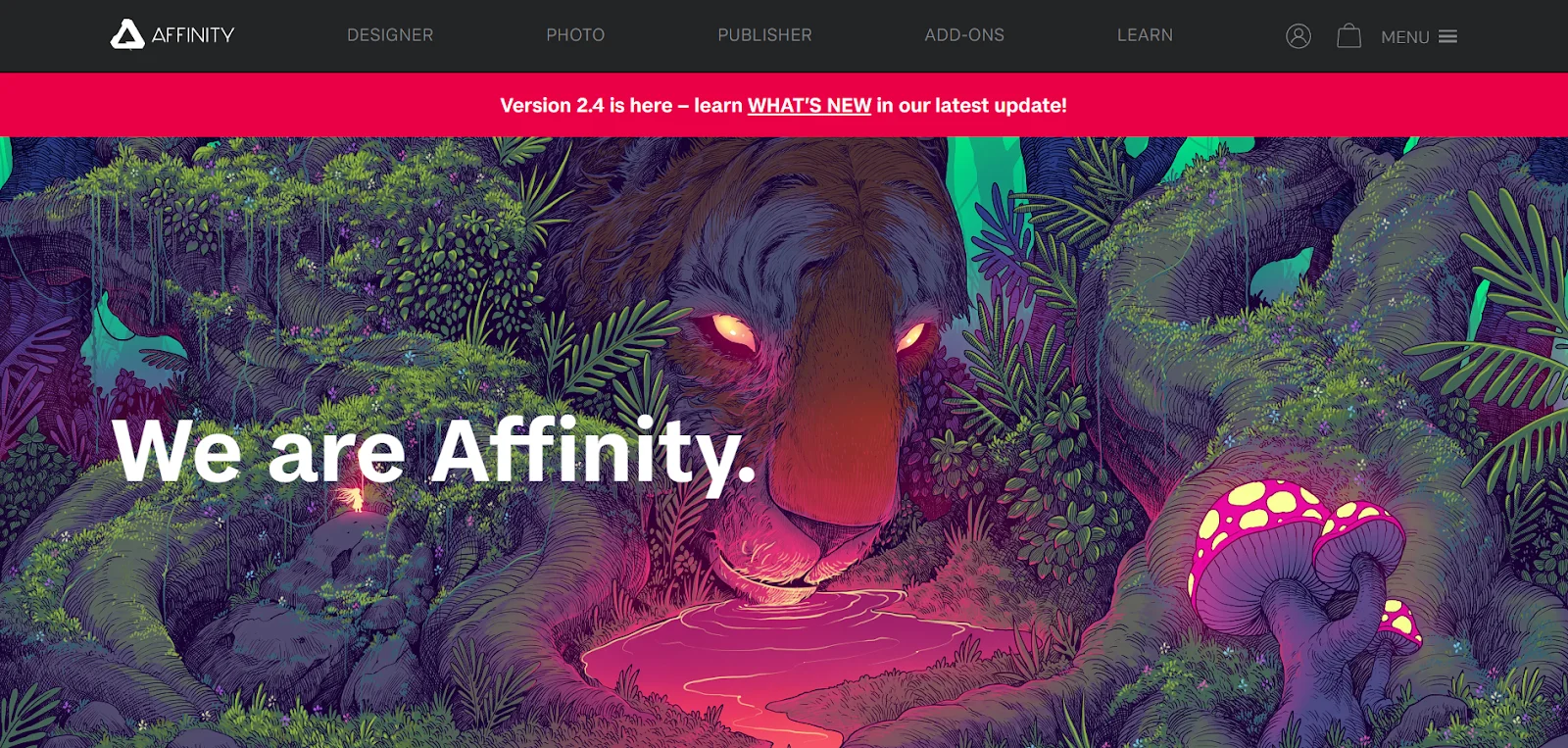
- Price: ₹6,900.00- ₹17,900.00 for desktop software or ₹1,999.00 for iPad version.
- Type: Application (desktop and iPad)
- Most suitable for: Budget-conscious designers, hobbyists, and vector graphics designers.
- Why we recommend it: For those who are looking for a budget-friendly alternative to Adobe Illustrator, this is the best you can get. The features of this application are equally powerful, if not better than Illustrator. You get enough tools to fiddle around and create imaginative illustrations.
Pros
- Feature-rich application,
- It is good for technical illustration,
- It has a large user base and community support.
- The integrations are also good, making it easier to create projects that include raster and vector graphics.
- The UI is easier than Illustrator.
Cons
- Some complain about its low performance on Windows.
- The learning curve is as difficult as Adobe suits.
- Has fewer workspace options than Illustrator.
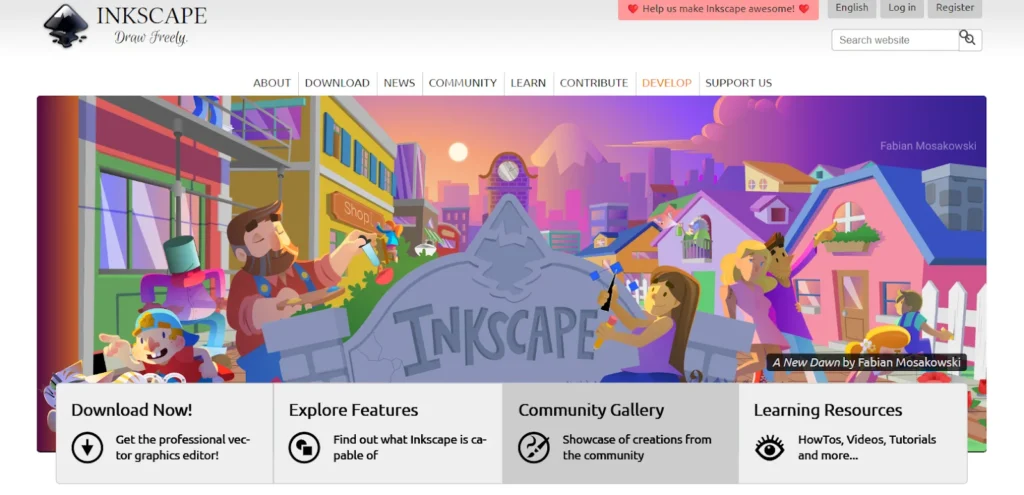
- Price: Free
- Type: Application
- Most suitable for: Beginners, hobbyists, and budget-conscious users who need to make vector images.
- Why we recommend it: Inkscape is a popular community-led vector imagery software. It is the best free software on our list if vector art is what you want. You can consider it as a free alternative to illustrator, but obviously, you can expect all the features. However, it is definitely easier to navigate and use compared to Illustrator and Affinity, making it a great option for beginners.
Pros
- It is free.
- It is open source so you can customise as you please.
- Inkscape is considered intuitive and allows novice users to create professional-looking images.
- Inkscape has an active community that uses and develops the software.
Cons
- It has limited features compared to paid software,
- It can be less intuitive.
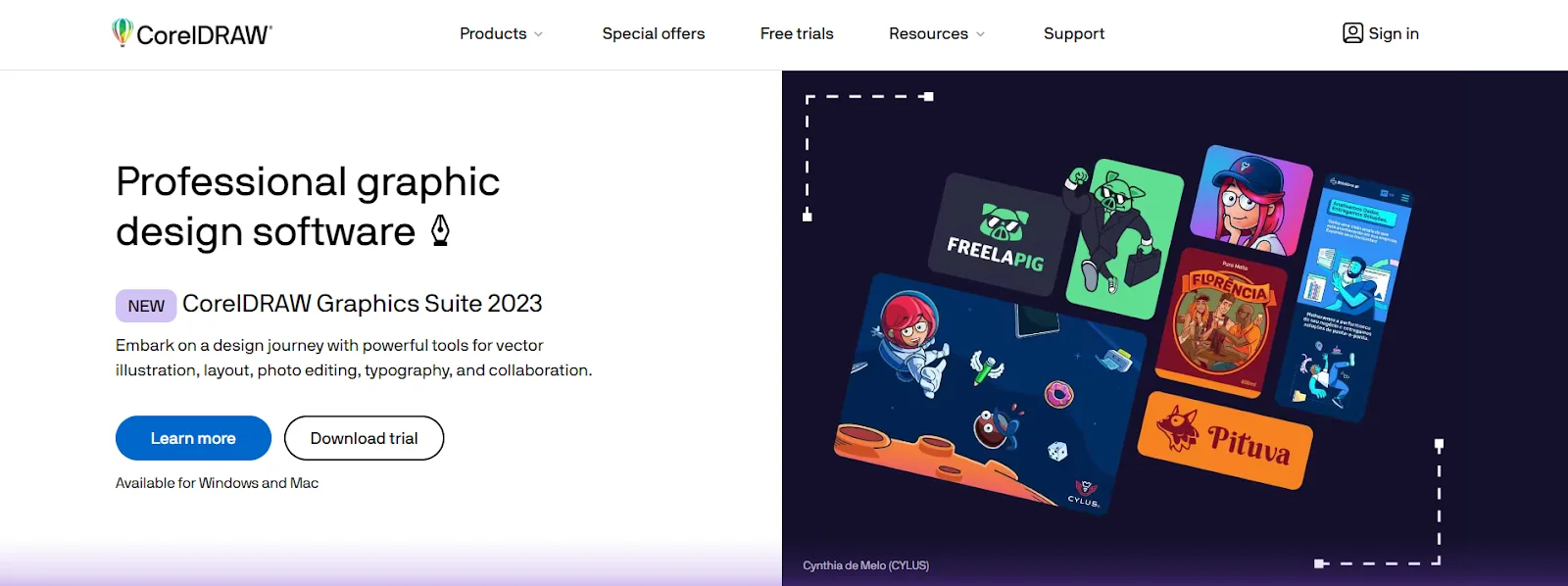
- Price: Starts at ₹22,999 and can go up to ₹50,999 for a one-time purchase. However, there are free downloadable rollbacks available for Windows users.
- Type: Online cloud-based & application.
- Most suitable for: Graphic designers, illustrators, and technical illustrators.
- Why we recommend it: It is a powerful feature-loaded vector graphics tool. It has a range of tools and features for creating high-quality vector graphics. Many popular magazines and T-shirt brand owners use this software to design their projects. It can be used to create original images or edit existing ones. It can also be used to convert bitmap images into general image objects.
Pros
- Feature-rich software,
- It is good for technical illustration,
- The software has a large user base.
Cons
- Expensive one-time purchase,
- Has a complex interface,
- It is not as widely used as Adobe software.
6. Canva
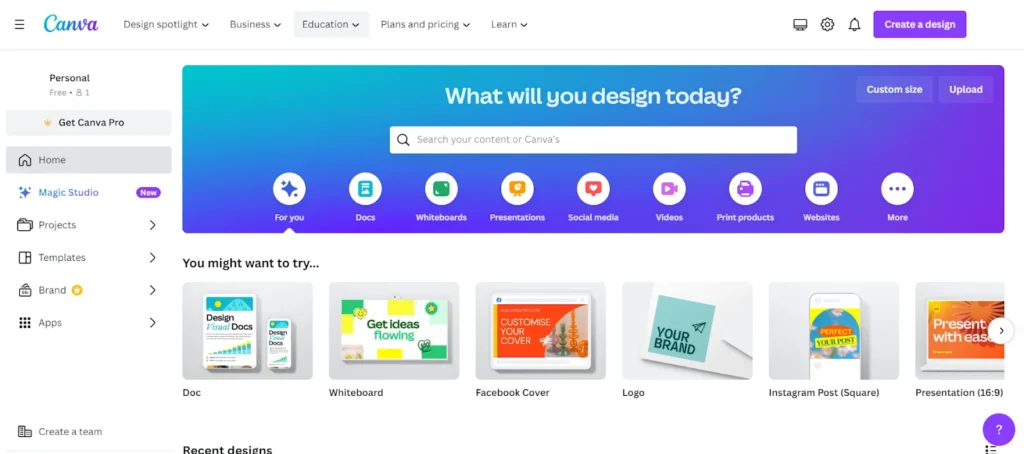
- Price: Freemium; Premium starts at ₹69/ day.
- Type: Online cloud-based tool & mobile app
- Most suitable for: Beginners, social media designers, complete non-designers
- Why we recommend it: To begin with, that platform has a very user-friendly interface that allows you to create designs quickly and easily even with zero design experience. It has ample predesigned templates (all are accessible for premium users) that you can utilise for designing graphic tees. If your design aesthetic is minimal and focuses on quotes and calligraphy, you will have a lot to explore with this simple yet efficient tool.
Pros
- It is User-friendly,
- Great for creating social media graphics and basic mockups,
- It has a free plan available.
Cons
- It has limited customization compared to professional software,
- You have to deal with limited offline functionality in a free plan.
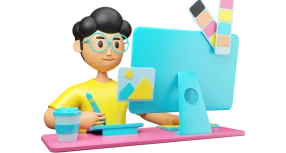
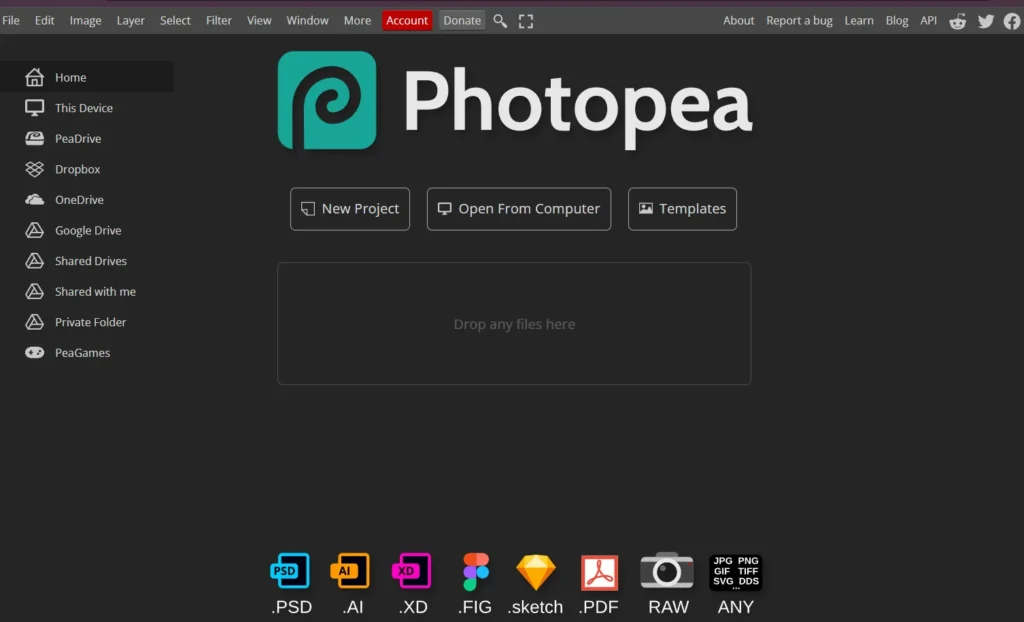
- Price: Free
- Type: Online cloud-based
- Most suitable for: Photoshop users who are looking for a decent free alternative.
- Why we recommend it: It is a cheap and effective alternative to Photoshop. As a beginner, if you don’t want to commit to pricy software like Photoshop, this is a great option. It has all the necessary features like clone stamps, healing brushes, smart objects, text layers and vector shapes that can be used for designing unique T-shirt prints.
Pros
- It is free,
- It has a familiar interface for Photoshop users,
- It works in any browser.
Cons
- It is less powerful than Photoshop,
- It can be slow on low-end devices.
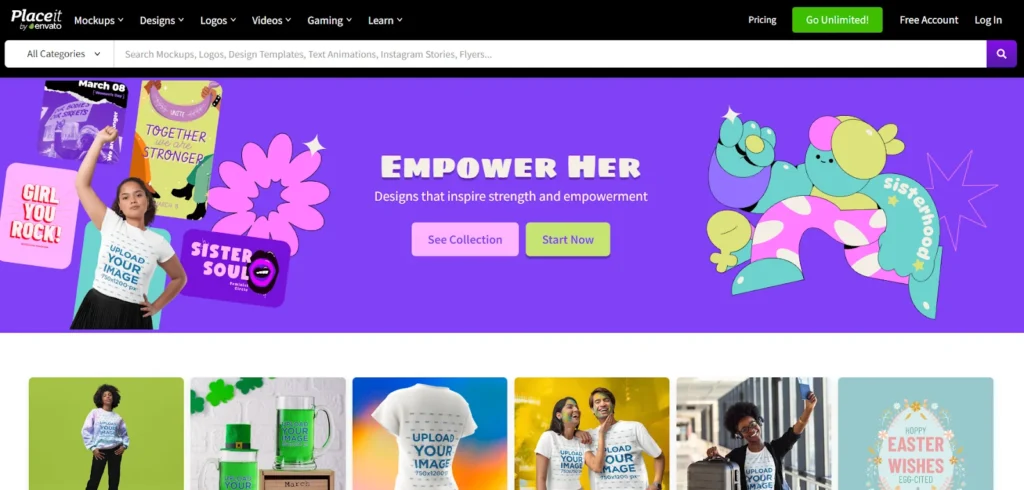
- Price: Freemium, premium starts at $ 1.97/ month (approx ₹ 164/ month)
- Type: Online cloud based
- Most suitable for: Beginners, business owners/ designers who want to display their logos/ designs on different products.
- Why we recommend it: While the tool is popularly used as a mockup-making tool, you can also do basic designing and logo-making on it and directly showcase them using the mockups.
Pros
- It has a wide variety of mockups and templates to use,
- The interface is easy to use.
Cons
- Subscription is required to access all features and high-resolution downloads.
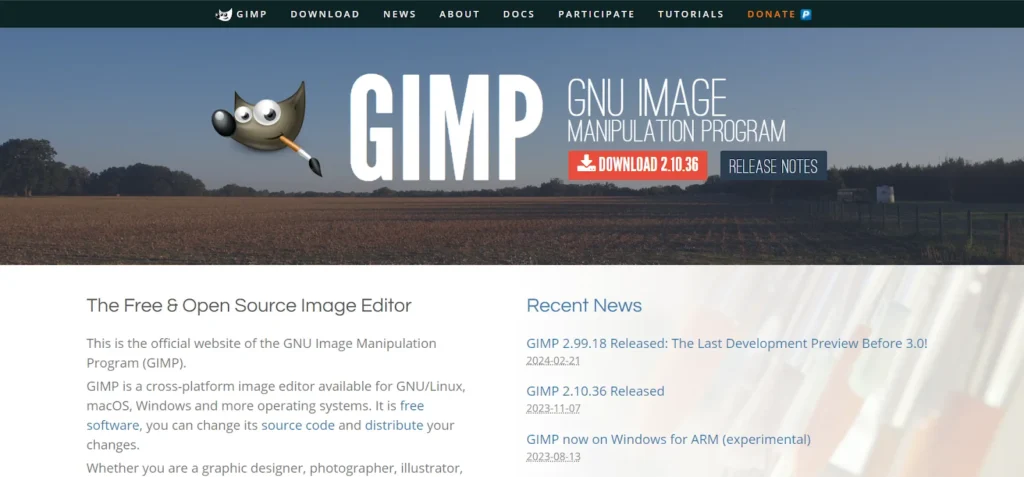
- Price: Free
- Type: Open source software
- Most suitable for: Photo editors, illustrators, and budget-conscious users.
- Why we recommend it: GIMP is a versatile software that caters to a wide range of user needs, starting from image manipulation to making illustrations. It is expandable, so you can augment it with plug-ins and extensions. Although it is free, it is capable of handling raw files and processing vector images and even supports the CMYK colour range.
Pros
- The software is free.
- It is open source, so you can customise it as you wish.
- It has a variety of features that are beginner-friendly.
Cons
- The interface is not the most user-friendly and takes time to get accustomed to.
- To utilise it completely you need to go through a steep learning curve.
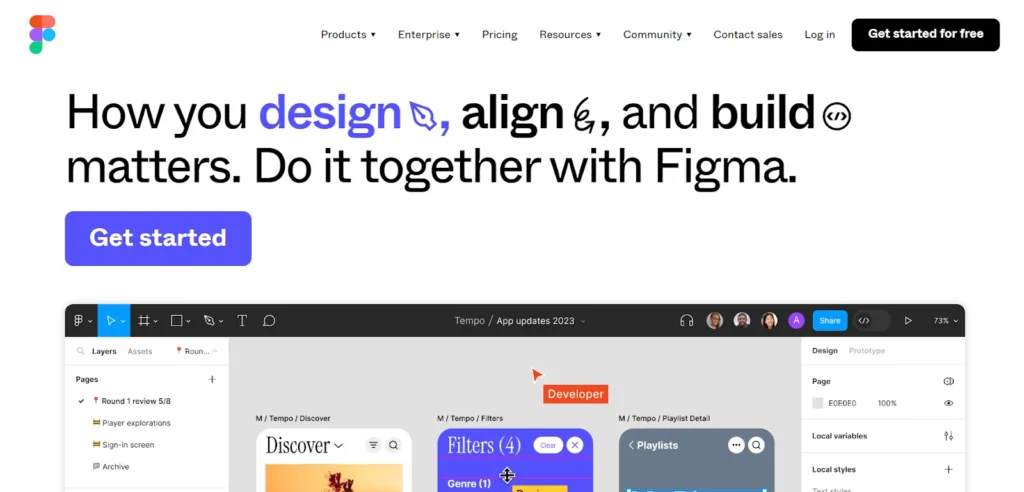
- Price: Freemium; premium starts at $ 12/ month (approx. ₹ 995/ month)
- Type: Online cloud based
- Most suitable for: Collaborative designers, users on a budget.
- Why we recommend it: if you have a team of designers to come up with your T-shirt prints, this tool can come in handy to work for them collaboratively in real-time. The integrations are also great, and it connects seamlessly with Slack and MS Teams.
Pros
- Has the feature of real-time collaboration,
- It is good for web and app design,
- You can avail of free plans for individual use.
Cons
- Limited photo editing features, hence not ideal for complex image manipulation.
Expert tips from our team on t-shirt designing ideas
Here are some tips from our team of experts on designing t-shirt prints that actually sell! Take these simple and actionable tips into consideration when working on your next drop.
1. Know Your Audience:
Who are you designing for? Consider age, interests, humour, and style preferences. Research popular trends within their demographic. Don’t try to be everything to everyone. Choose a specific niche, like music lovers, dog owners, or gamers, to cater to their unique tastes.
Even the categories mentioned above have a great scope of niching down even further. For example, if you pick the niche Anime, you can design a series focusing on particular shows or popular characters. This ensures that your new launches have a more cohesive theme.
To understand better, see what similar businesses are offering. Analyse their designs, identify gaps, and find ways to differentiate yourself.
2. Embrace Simplicity
Complex designs can be overwhelming and difficult to print. Focus on clear, concise visuals and impactful messages. Unless your brand image is extravagant. However, for a T-shirt business, we don’t recommend going over the top with designs as most people prefer wearing simpler designs on a daily basis.
You can use clear shapes and easy-to-read fonts for maximum visual impact. Limit your colour palette for each design to look more premium. Choose 2-3 complementary colours or a single colour with variations in tone for a cohesive look. Explore colour psychology to evoke specific emotions in your audience.
3. Play with Typography
Select fonts that resonate with your target audience and complement the overall design. For example, sans-serif fonts are generally more versatile, while script fonts can add a touch of elegance. But don’t use fonts that are very hard to read.
You can use different font sizes and weights to create a hierarchy and guide the viewer’s eye. Experiment with placements like centralising text or using it creatively within the design.
You can even mix and match fonts sparingly for visual interest. Ensure the chosen fonts work well together and don’t clash, or the designs can look cheap.
4. Use High-quality Graphics ONLY
When creating designs, make sure you download them to the highest of quality. Follow the same even if you are buying illustrations and graphics from reputable sources.
Strictly avoid pixelated images that lose detail when printed. Your customers won’t like it!
However, it is important to note that the POD platform you choose also influences the quality of your prints. So, ensure you know the printing quality and limitations of your POD partner.
5. Don't Forget the Back!
Currently, people are more fond of flaunting designs on their backs, rather than the front. So, make designs that are elaborate in the back and minimal in the front.
If you are confused about how to do that, you can follow some rules of thumb. For the back you can always
- enlarge the front design (especially if it is a logo),
- Make an extended version of the front design,
- Add slogans or quotes that are relevant to the design, etc.
Whatever you do, ensure that the back design complements the front while maintaining a unified visual style.
Bonus Tip: Experiment with different design techniques like hand-drawn lettering, vintage aesthetics, or minimalist geometric patterns to find your unique style. Don’t be afraid to test different designs and gather feedback from your target audience to refine your offerings.
Upload your custom t-shirt designs and start selling in a few steps…
Have your designs all ready to print? Then follow these easy steps to get them on t-shirts and delivered to your customers.
Step 1: Go to Qikink.com and create your profile.
Step 2: Go to the “Products” tab > “Add products” and select the article on which you want to print your design.
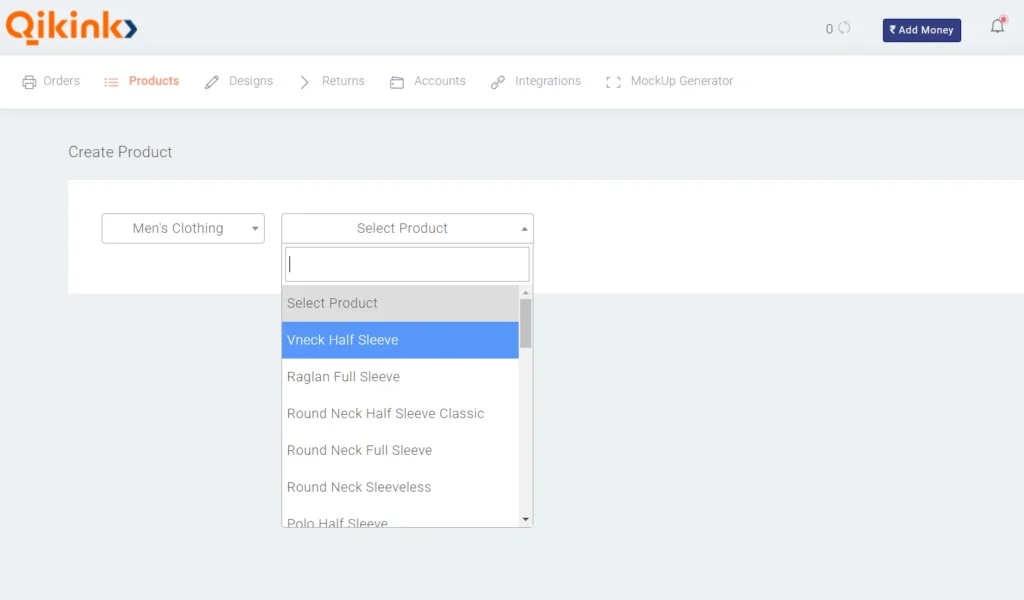
Step 3: Select the specifications of the product. Here, you can click on the “Add design” button to upload your designs.
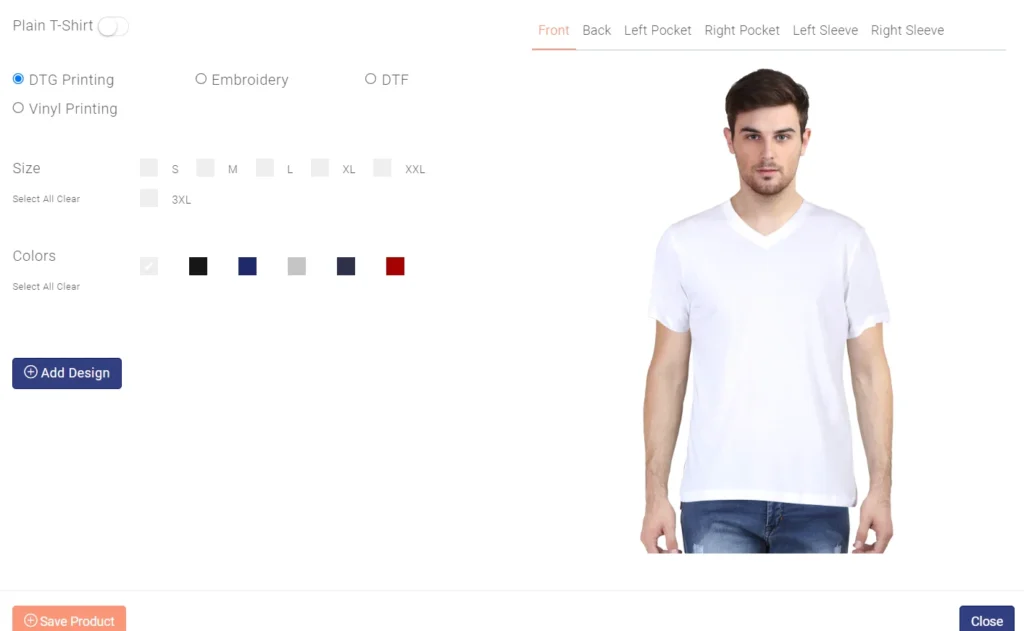
Step 4: Once done uploading and selecting every detail, click on the “Save Product” button.
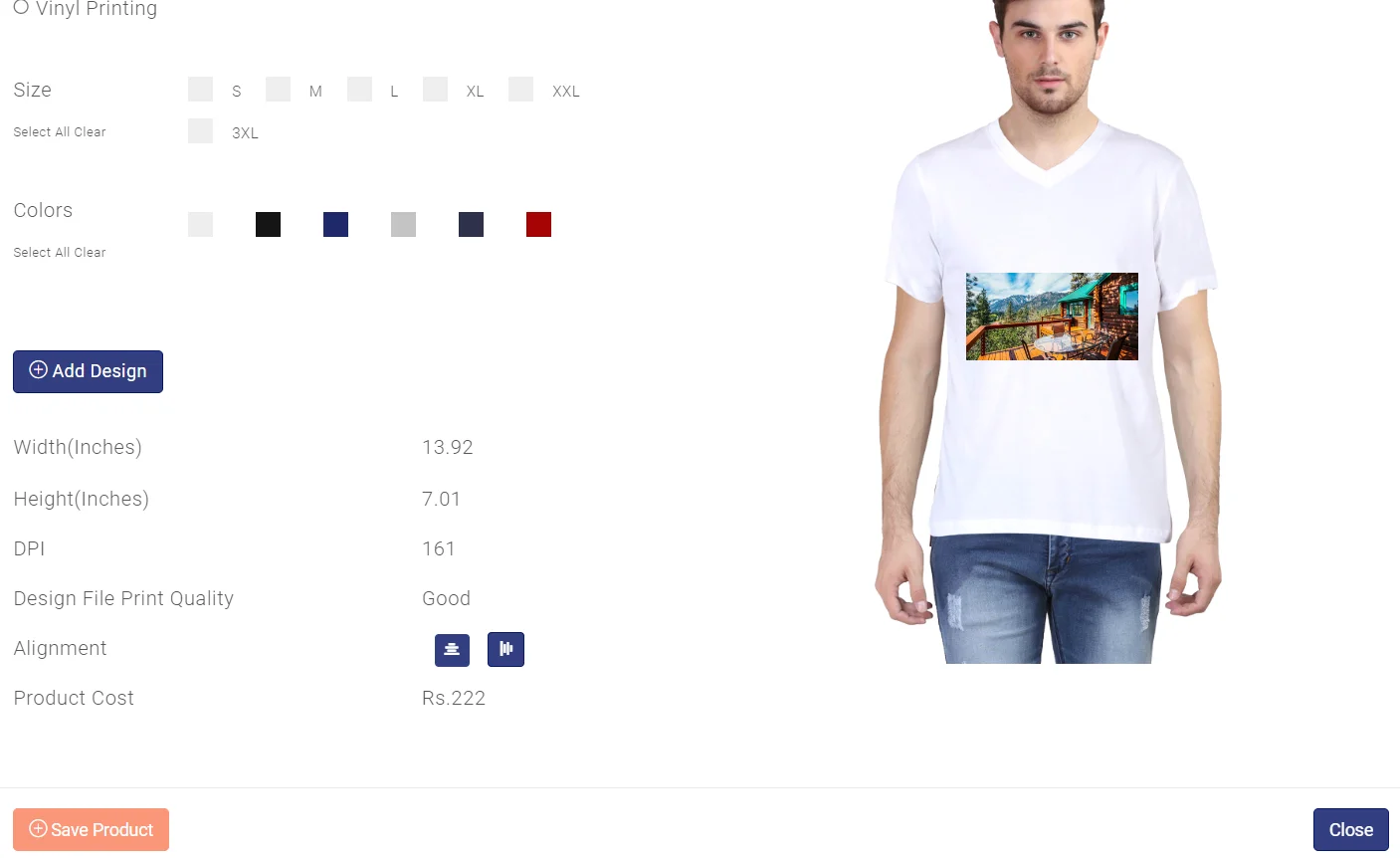
Step 5: You can now find your designed product in the Products tab’s “My product” section.
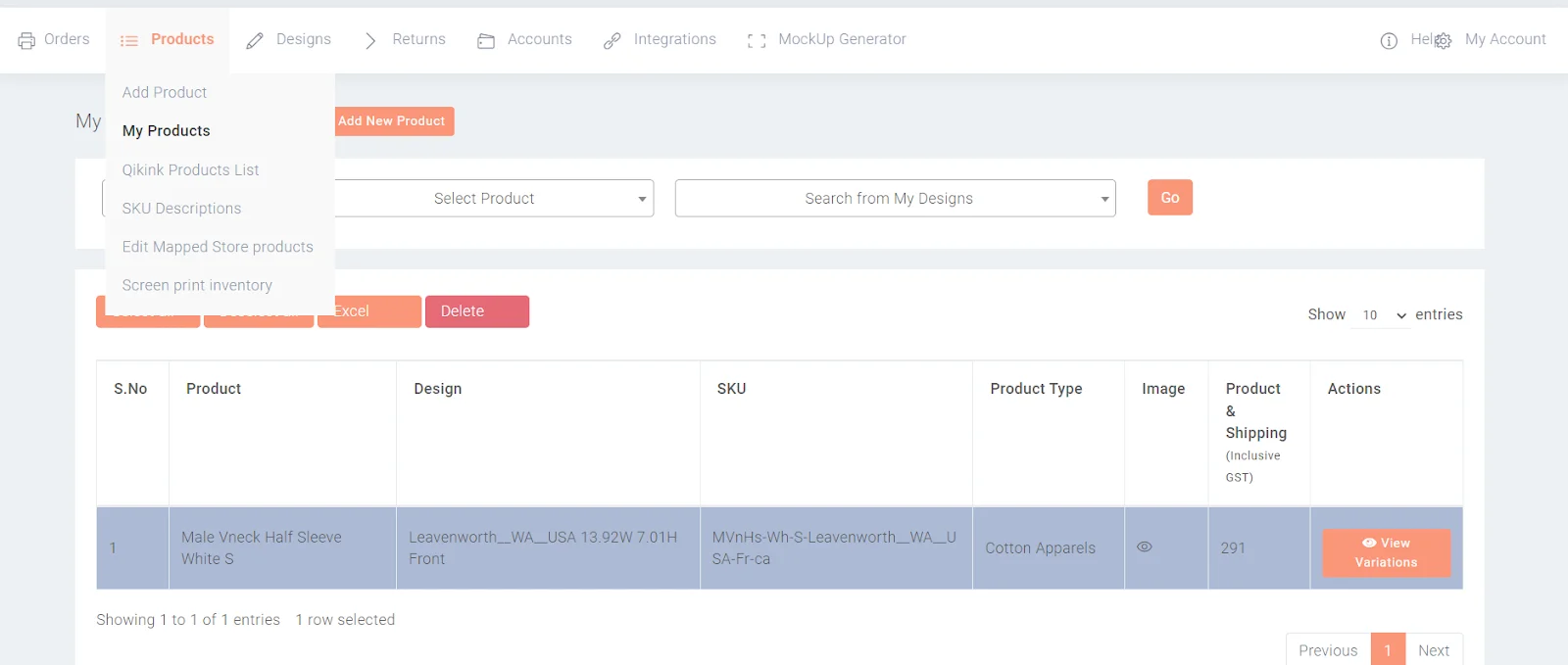
Step 6: Go to the “Integrations” tab and set up your e-commerce storefront to sell these products.

By following these steps, you can be free from the hassle of product manufacturing, managing a warehouse, and connecting with delivery partners nationally and internationally.
👉 If you need help in starting your tshirt printing business, contact our experts and get custom tshirt printing services.
Related resources to start your tshirt clothing business:
Frequently Asked Questions
Is Canva good for designing t-shirts?
Yes, Canva can be a good t-shirt designing tool if your design aesthetics are simple and minimalistic. With practice, you can create simple vector designs, but for complex designs or illustrations, it won’t work well.
Which printing is best for t-shirts?
DTG printing is considered ideal for t-shirt printing. With DTG printing, you can get vibrant designs on small orders. They can last anywhere from 25% to 50% as long as the screen prints.
How are professional t-shirts printed?
Professional t-shirts are usually printed through the screen printing process. But it is not ideal for small businesses as you need to buy the entire machine, pigments, and equipment, plus you need to master the printing technique.
Where do I print my custom t-shirt designs?
You can print your custom t-shirt designs hassle-free from POD websites like Qikink.com.
Final thoughts
Hope you found this guide helpful and were able to find a design software that caters to your needs. If this is your first time in the t-shirt business, we would recommend utilising the freemium software. You can try them out first and commit to them once you are headstrong about your business.
Also, if you are a solopreneur and handle everything, starting from design to shipping, our suggestion would be to partner with a reliable POD service provider so can you focus on the creative bits and leave the rest on them.
With over 10+ years of experience in the industry, Our founder has dedicated his career to helping brands achieve exponential growth through innovative print-on-demand solutions.
